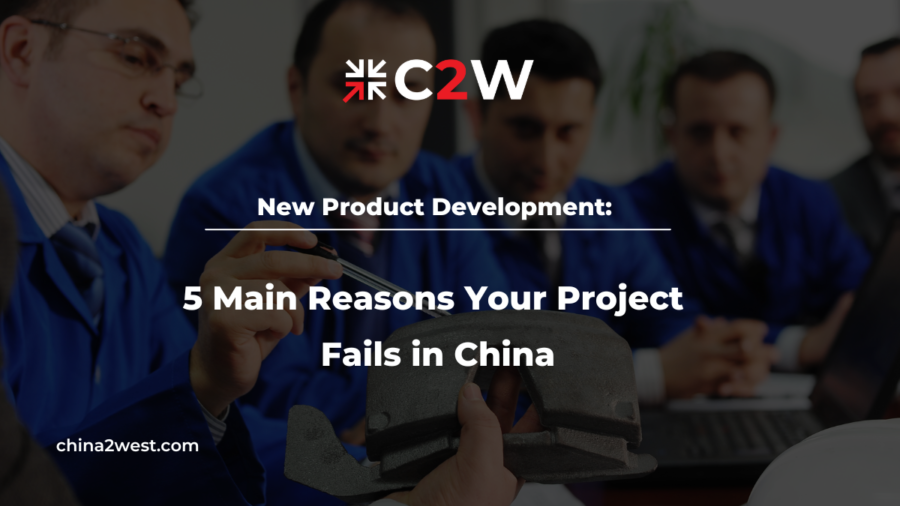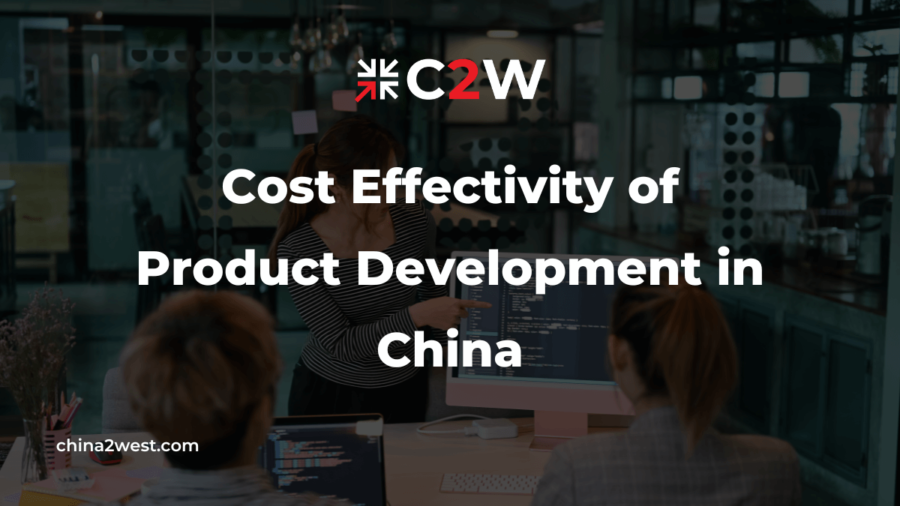New product development is not an easy task, especially for those without experience in dealing with overseas new product development and manufacturing.
It may seem trivial at first if one of these unfortunate events takes place, such as months of delay, high defective rates, increased cost overruns that don’t match initial planning, and other obstacles that come up at the last minute which could lead to disastrous results if they’re not dealt with quickly and efficiently enough.
In this article, we’ll explore what can go wrong with new product development in China and how you can prevent your costly mistakes from occurring.
1. Expectations Don’t Match the Reality
The first hurdle for the new product development process in China is your expectations don’t meet reality.
Product development and manufacturing in China are complicated processes so understanding what to expect from these processes beforehand can help manage your expectations correctly.
It’s important to work with an experienced Chinese Product Development Company that can offer reasonable estimates for the costs and timelines of your project so that you are prepared before production begins. If not dealt with properly, it becomes easy to make mistakes such as ordering too many products or neglecting orders altogether – leading to either excess inventory at hand or no merchandise available at all.
2. Communication Breakdown
A major factor in product development failure is a communication breakdown between you and your new product development supplier.
If you don’t provide enough information about what you need or don’t understand what the supplier is telling them, problems will inevitably arise.
The lack of communication can lead to additional delays and costly mistakes being made. There are three main ways that communication breaks down during the new product development process.
Firstly, if you don’t know how to articulate your requirements and standards, your supplier won’t be able to effectively manufacture your products.
Secondly, some overseas clients often don’t know how to accurately interpret feedback from their suppliers and vice versa, which could end up in poor product quality
Thirdly, it could be that there is no clear understanding of who has the final say when making key decisions about the project at hand. In these cases, product manufacturing problems tend to come out later, as changes cannot be made quickly enough.
To avoid these types of problems, careful translation is necessary and frequent communication should take place between you and your supplier to ensure understanding. Also, both parties should be responsible for taking swift action to figure out what went wrong with the failed process before other problems arise. Communication should be frequent and thorough to prevent potential misunderstandings before they become problematic.
3. Design Issues
Designers may make mistakes during the process of designing a new product, or the manufacturing company in China may misinterpret the design specifications.
For example, if you’ve designed a toy that is supposed to be round, but the manufacturer misinterprets this as a square and cuts it on its side instead of top to bottom, it will not turn out as desired.
There are also language barriers that can lead to issues with the design. Many terms for a round do not refer to the same object (circular, spherical), which can confuse. The phrase “I want two circles one centimeter apart” could be translated as “two semicircles or two full circles”, depending on what terminology is being used.
If a design cannot be executed as planned, it is important to have a contingency plan. It is important to know when to cut your losses and redesign the product rather than pushing ahead with something that won’t work.
4. Poor Quality Control Processes
Poor quality control processes can result in many serious problems in the new product development process, making it more difficult to your production deadlines, resulting in canceled orders, and negative reviews of your product.
Defective products may also lead to higher customer returns due to units that have not been properly inspected before they are shipped. All these will negatively impact your business’s bottom line and reputation.
So, quality inspection should be done with special attention to prevent the inclusion of defective or non-conforming goods in shipments. Of course, getting product quality right from the start and ensuring it meets your expectations and standards will save time, money, and frustrations later.
5. Wrong Product Development Supplier for your project
Suppliers of product development services will vary in terms of costs, scales, qualities, expertise, and capabilities. It is important to determine these factors when selecting a China-based supplier for product development needs.
If you are in search of an experienced manufacturer for electronic goods when your supplier only specializes in the manufacture of home appliances, then it would be wise not to work with them due to a lack of capacity which will ultimately lead to delay or cost overruns.
Many factors contribute to product development failure in China, some of which can be controlled and some that are completely out of your control. You need to understand these factors so you can better manage them and hopefully prevent them from happening again in the future.
If you’re seeking a company to fill all your new product development needs, look no further than Shield Works. We are a British-owned and managed company specializing in providing dependable product development and precision manufacturing services. We take pride in creating quality products with consistent processes to guarantee both quality and consistency every time, so you never have to worry about anything going wrong during this process. Start your journey by reaching out today for more information and see how we can make sure that the process goes smoothly.


